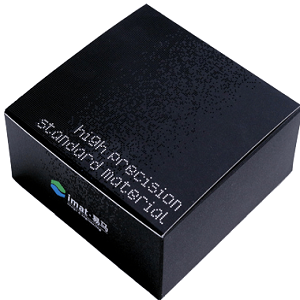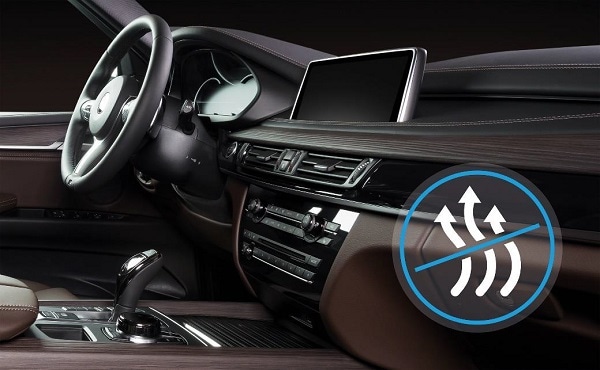Sensitivity to emissions in automotive interiors has been a topic since the early 1980s. Therefore, it was important for KRAIBURG TPE to be able to meet the requirements of automotive manufacturers. A project was started years ago to acquire comprehensive knowledge about emission and odor values of materials for automotive interiors and gain a thorough understanding of their influencing factors.

Thermoplastic Elastomers for Automotive Interior Applications
Emission measurement and odor assessment of materials is a very complex challenge for all parties involved in the value chain. One of the fundamental findings of KRAIBURG TPE's work is that the results of the various tests do not permit any correlation between emissions and odor. Furthermore, the sample history is of decisive importance for the reproducibility and comparability of different measurement results.
Standardized Test Conditions
In close cooperation with the independent testing institute imat-uve, the influencing factors in the area of emission and odor were developed and the KRAIBURG TPE portfolio for automotive interiors was tested using standardized test conditions. Interior materials from KRAIBURG TPE production sites in Germany, the USA and Malaysia were tested. The imat-uve test sites in Germany and China were also compared.
KRAIBURG TPE takes a holistic approach to emissions and odors. This ranges from the analysis of raw materials to the consistent, controlled production of compounds worldwide, to processing at the customer's site and approval by the respective automobile manufacturer. Based on the detailed analysis, KRAIBURG TPE knows in detail both the emission and odor levels of the raw materials used as well as the optimum process settings for the production of the TPS materials.

With regard to the portfolio for automotive interiors, existing series were optimized. Furthermore, the knowledge generated was used to develop a new, customized TPS series (FG/SF series). Technical limits were explored with the development of a "Super Low Emission Compound".
The knowledge gained can be used specifically in automotive interior projects to support and efficiently advice customers and automobile manufacturers.